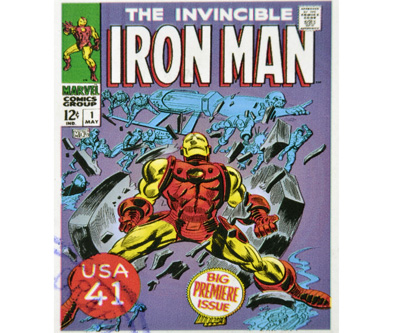
The Financial Times reports Brazil’s Vale expects prices for the steelmaking ingredient to remain strong in 2012, “climbing as high as $180 a tonne” as economic growth in China “re-accelerates”.
“There is a new level of prices for iron ore globally,” Tito Martins, chief financial officer told the paper, “arguing that when prices drop below about $120 a tonne, higher-cost Chinese producers cease to be competitive.”
FT argues that “iron ore prices are, in effect, dictated by the highest cost producers who shut down output when prices tumble.”
Friday’s comments in a conference call with analyst follow that of the CEO of the number one iron ore exporter earlier this month. Murilo Ferreira told reporters at company HQ in Rio de Janeiro: “Those who have been betting against Chinese growth since the 1990s will be wrong again. China is just getting going.”
These are strong words from a company that has seen iron ore imports by China, its biggest customer, slump more than 9% last month. Vale alone controls more than a quarter of the 1 billion tonne seaborne iron ore trade and China represents 60% of global demand.
But Vale is definitely putting its money where its mouth is – the company plans to invest more than $50 billion to expand production of iron ore to a staggering 400 million tonnes per year.
The import price of 62% iron ore fines at China’s Tianjin port was $145.40 at tonne on Friday, levels it has been stuck at for most of 2012. Before staging a mini-crash in October last year, iron ore traded at over $180 a tonne, an-all time high.
The price of 62% iron ore never strayed from $10 – $14 a tonne for more than 20 years (1991 was a banner year – miners got all of $15.03 for their haul). The state of affairs was due to secretive negotiations and annual contracts.
Then at the end of 2004 all hell (for Chinese steelmakers that is) broke loose. The Big 3 – Vale, BHP Billiton and Rio Tinto – decided enough is enough and put up the price 72%, marking the start of a supercycle and the beginning of the end of the old pricing system.